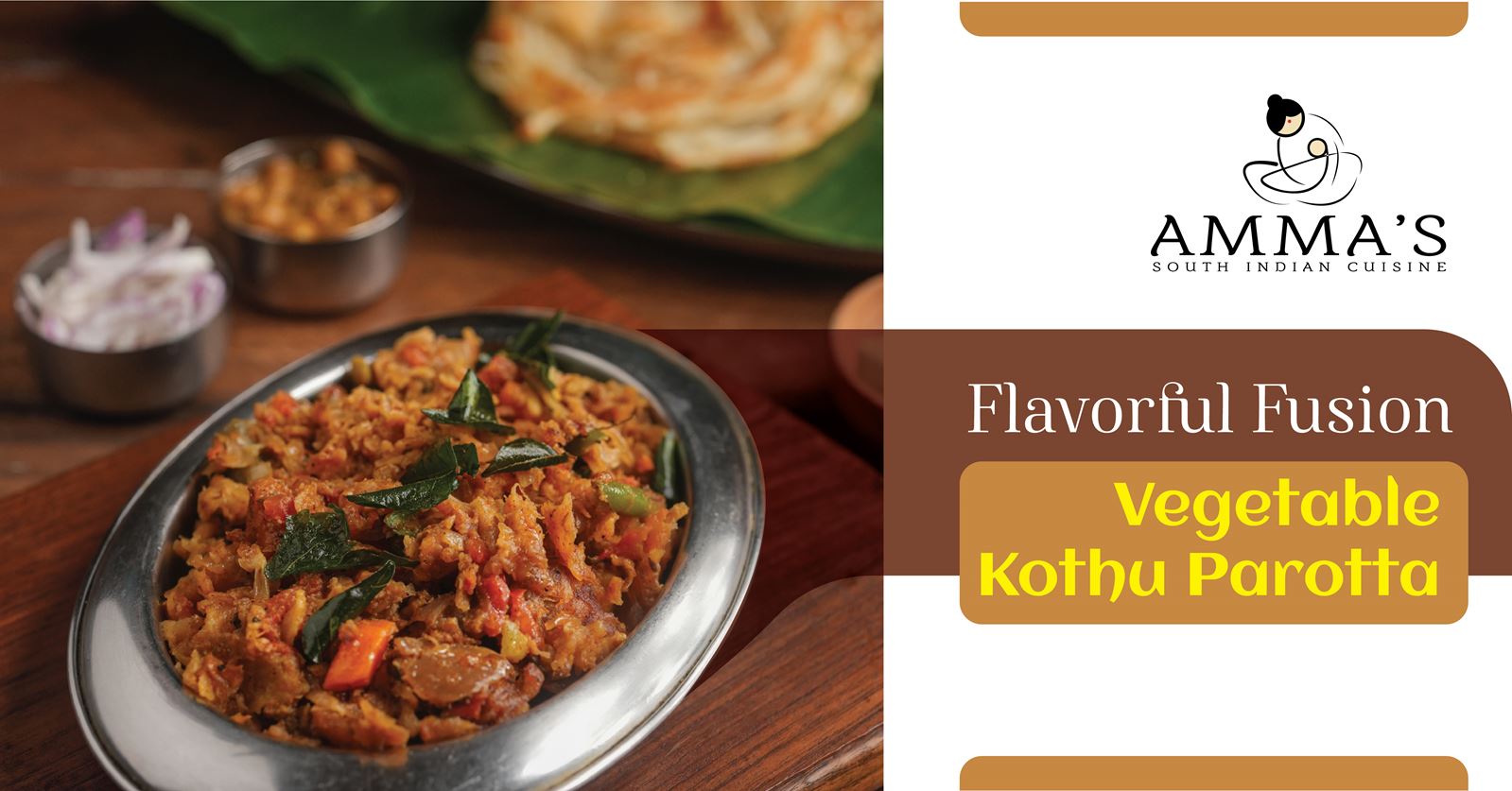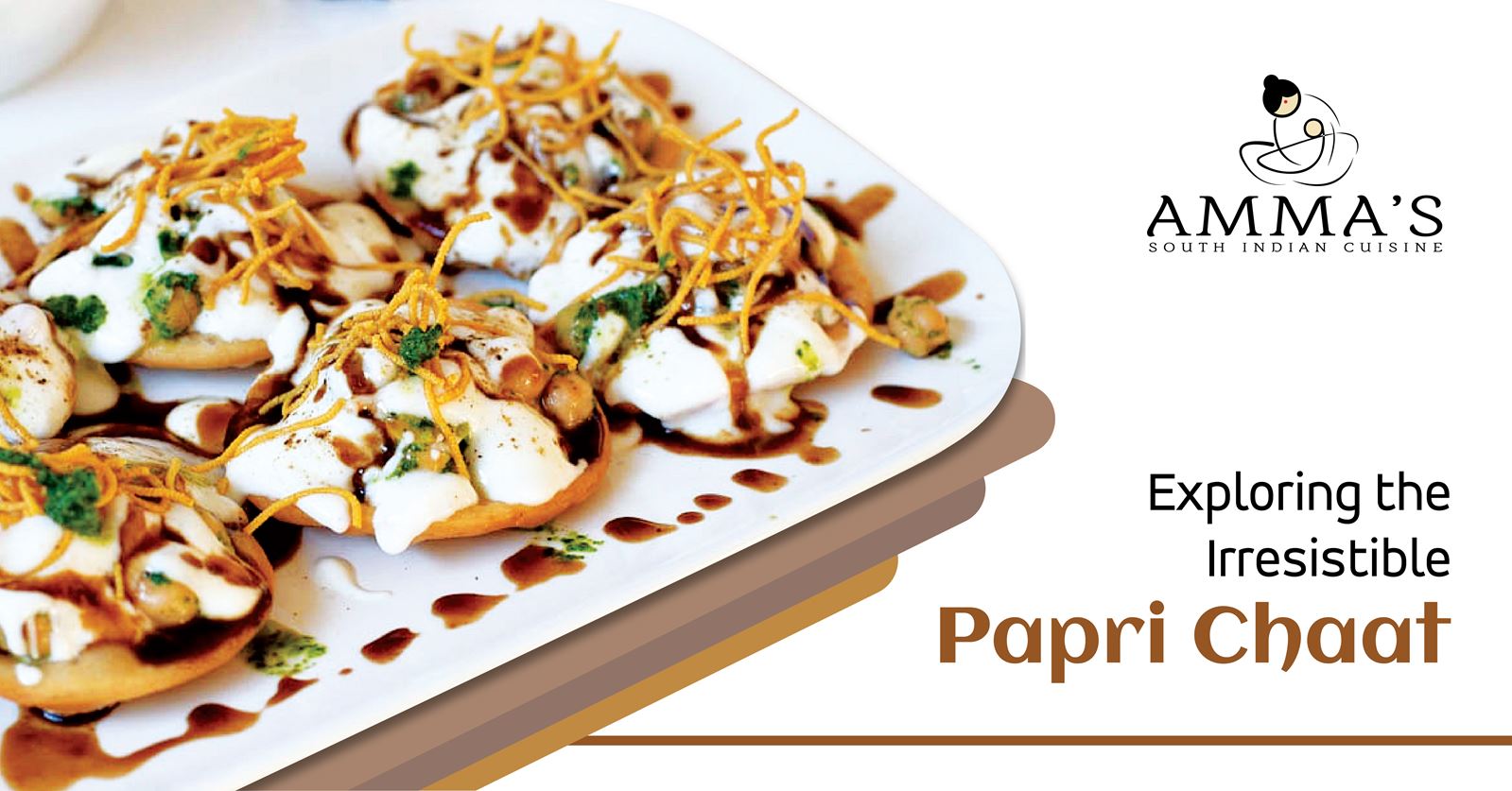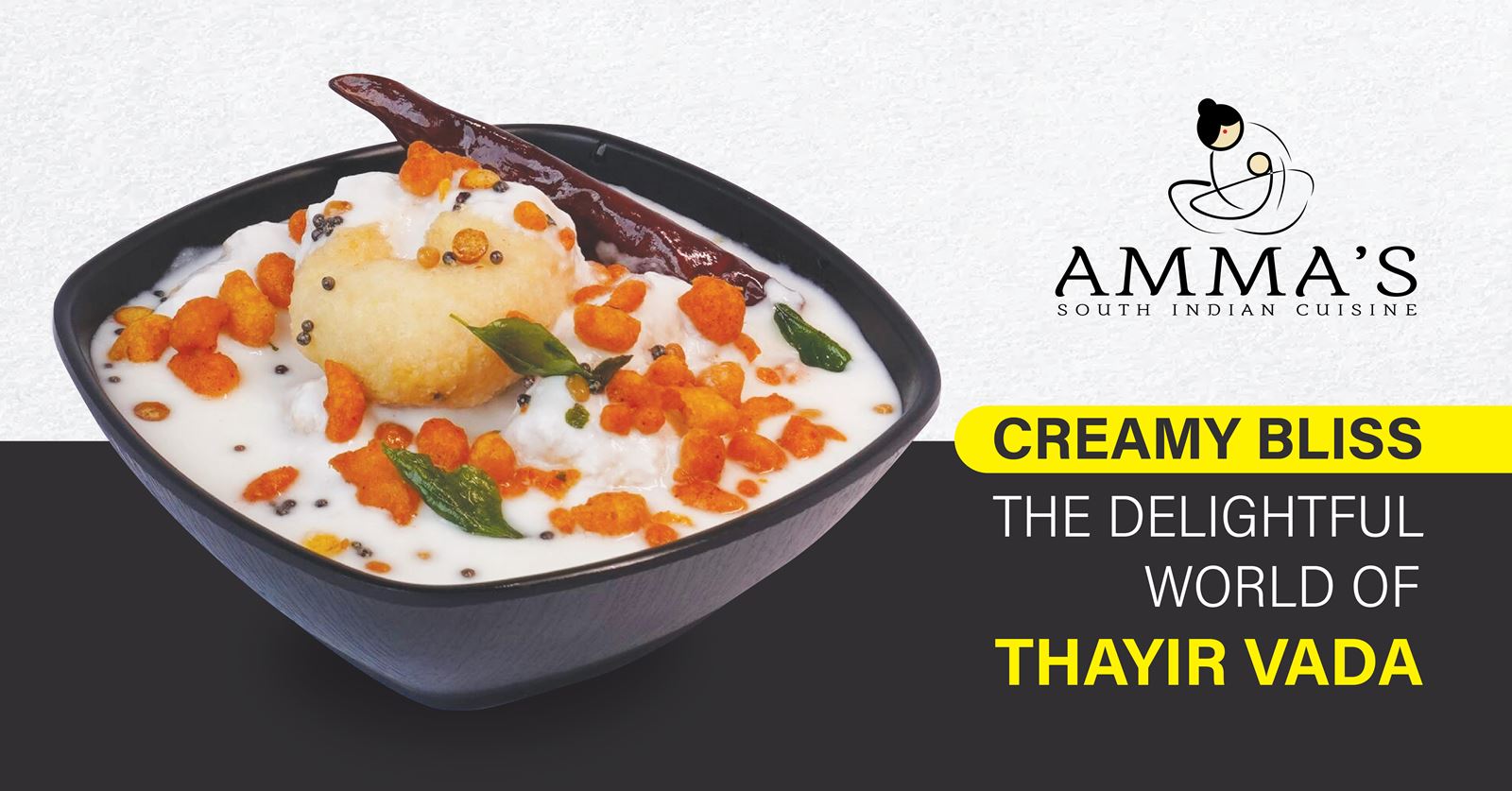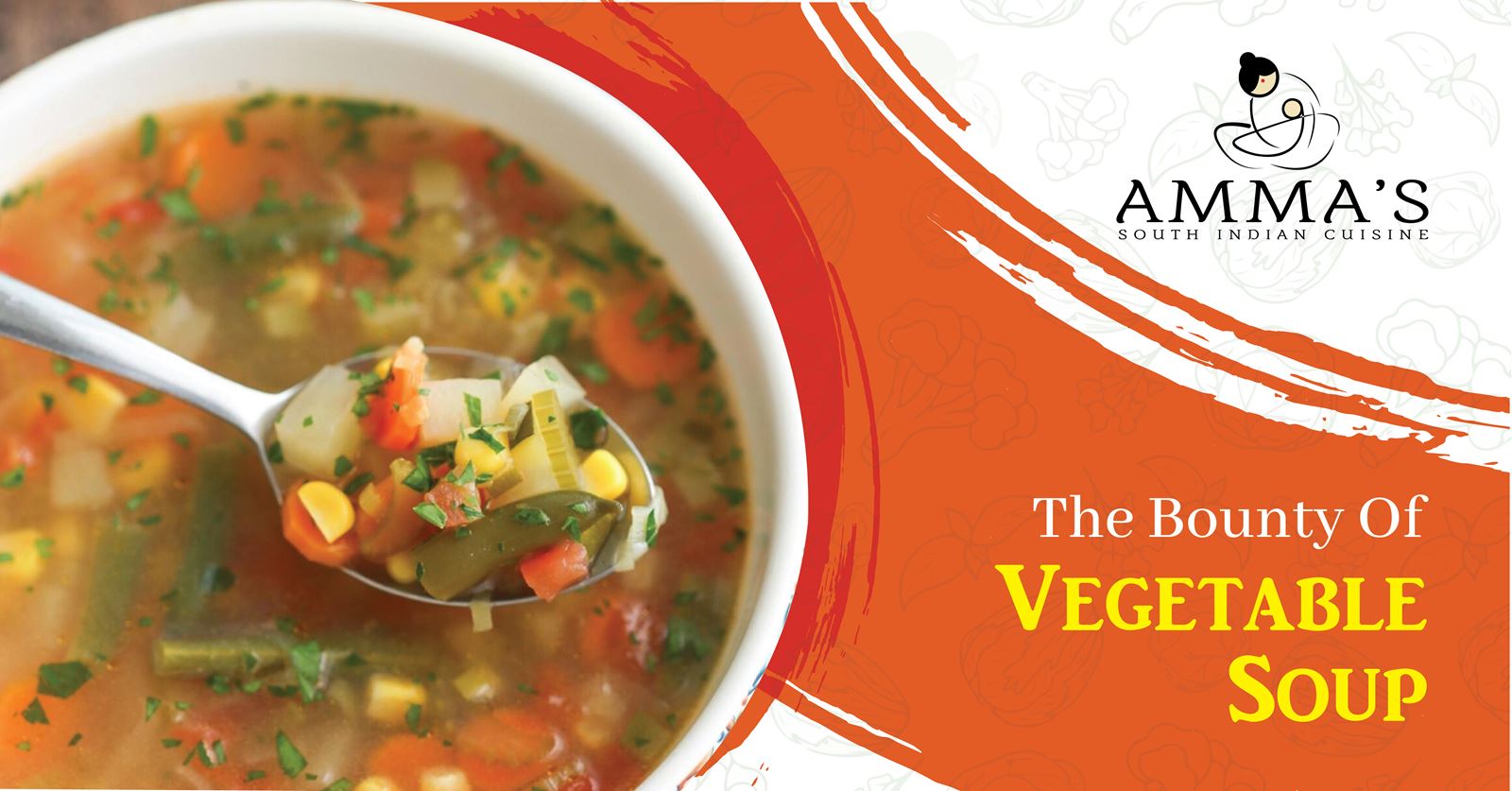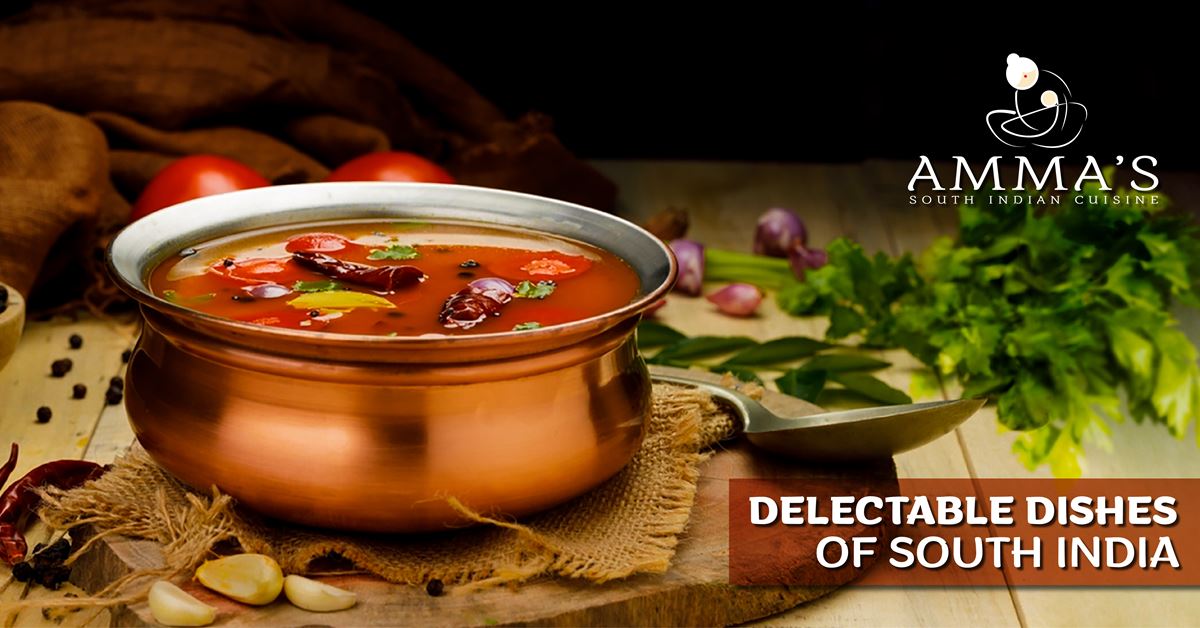
Delectable Dishes of South India
Many elements of the ancient Dravidian culture that flourished 4,500 years ago are still present in South Indian cuisine: steamed dumplings with coconut, jaggery, and cardamom in a rice wrapper; food served in banana leaves; and the ubiquitous spice blend kari podi, or curry powder. South Indian cuisine is well-known for its use of lentils and spices, green chilies, fresh coconut, and native vegetables and fruits. Because rice is a staple food in South India, most delicacies are prepared to be eaten with rice. Ragi, one of the stars of South Indian cuisine, has enormous health benefits. It is a low fat, unsaturated cereal that is high in calcium, fiber, protein, iron, and other minerals. Ragi is a miracle food that can prevent your body from accumulating fat. It can be used in dosas, as thick gruel porridges, or as the main ingredient in flour preparations (for idiyappam and other dishes).
Puliyodurai is a South Indian dish that uses tamarind to preserve rice, making it a traveler’s favorite. Tamarind is used in many meat recipes, particularly fish dishes from South India, where it helps preserve the highly perishable flesh. But how can we eat a South Indian delicacy without Rasam or Sambar? But did you know that these two important South Indian staple foods provide a plethora of health benefits? Rasam is made from tamarind juice, which has a number of health benefits of its own. Aside from curry leaves, tomatoes, cumin, turmeric, and other spices, some people add lentils/veggies to them. Rasam stimulates the production of digestive juices in your system, allowing you to better break down, assimilate, and absorb food. Sambar is essentially a vegetable stew made with pulses. It’s made with turmeric, lentils, and black pepper. Sambar contains a good balance of protein, fiber, zinc, folic acid, iron, vitamins, and minerals, all of which help with digestion and immunity.
When you walk into a South Indian restaurant, you will most likely remember dosas and idlis. Aside from its staple rice-based breakfast items, South Indian food is synonymous with chutneys and a hot cup of filter coffee. Aside from rice, important ingredients in South Indian cuisine include ginger, garlic, plantains, tamarind, native fruits, coconut, and fresh green chilies. These ingredients are well-known for their flavor as well as their numerous health benefits. Malabar is well-known for producing delectable fish varieties. Telangana and Andhra Pradesh food, on the other hand, has some of the country’s spiciest recipes. Unless they are lactose intolerant, almost every south Indian will finish their meal with curd rice. Curd rice is a delicious way to end any meal. It aids in the cooling of the stomach after a hot meal. South Indian cuisine is certainly delectable and healthy, and you’ll agree if you try it at Amma’s South Indian Restaurant.

